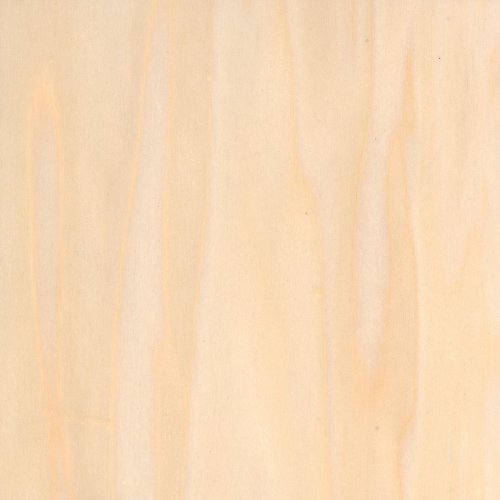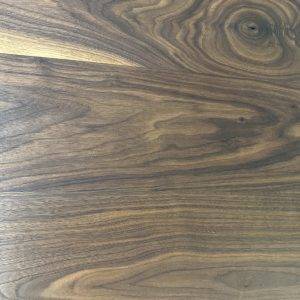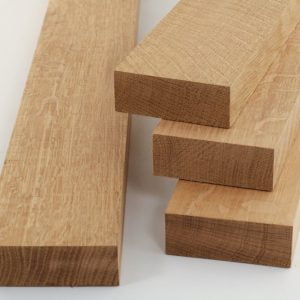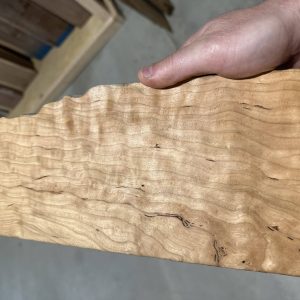Find Your Perfect Wood Product
If you find a product you like, reach out to us for more details and assistance.
Poplar
Budget-friendly poplar beats the pants off of pine. It’s soft but dense so it’s delightfully easy to shape and machine. The tight grain makes the perfect choice for stain or paint, but poplar works fine with a clear finish, too.
Length: 10'
Thickness: 4/4, 8/4
- Common Name(s): Poplar, Yellow Poplar, Tulipwood
- Scientific Name: Liriodendron tulipifera
- Distribution: Eastern United States
- Tree Size: 100-165 ft (30-50 m) tall, 6-8 ft (1.8-2.5 m) trunk diameter
- Average Dried Weight: 29 lbs/ft³ (465 kg/m³)
- Janka Hardness: 540 lbf (2,400 N)
- Crushing Strength: 5,540 lbf/in² (38.2 MPa)
Heartwood: Light cream to yellowish brown, sometimes with streaks of gray or green.
Sapwood: Pale yellow to white, not always sharply demarcated from heartwood.
Grain: Generally straight, with a fine to medium texture.
Texture: Fine to medium with a moderate natural luster.
Rated as non-durable to perishable in regard to decay resistance, and susceptible to insect attack.
Poplar is very easy to work with both hand and machine tools. It turns, glues, and finishes well, though it can sometimes produce blotchy results when stained; using a pre-conditioner, gel stain, or toner may be necessary to get an even color.
- Furniture
- Veneer
- Plywood
- Moulding
- Millwork
- Boxes, crates, and pallets





Poplar is often used as a secondary wood in fine furniture, particularly in drawers and other hidden parts. It is one of the most economical and versatile hardwoods, making it a popular choice for many woodworking projects.
Note: Poplar is not typically used where strength or durability is a concern, but its ease of use and consistent color make it a favorite for painted projects.